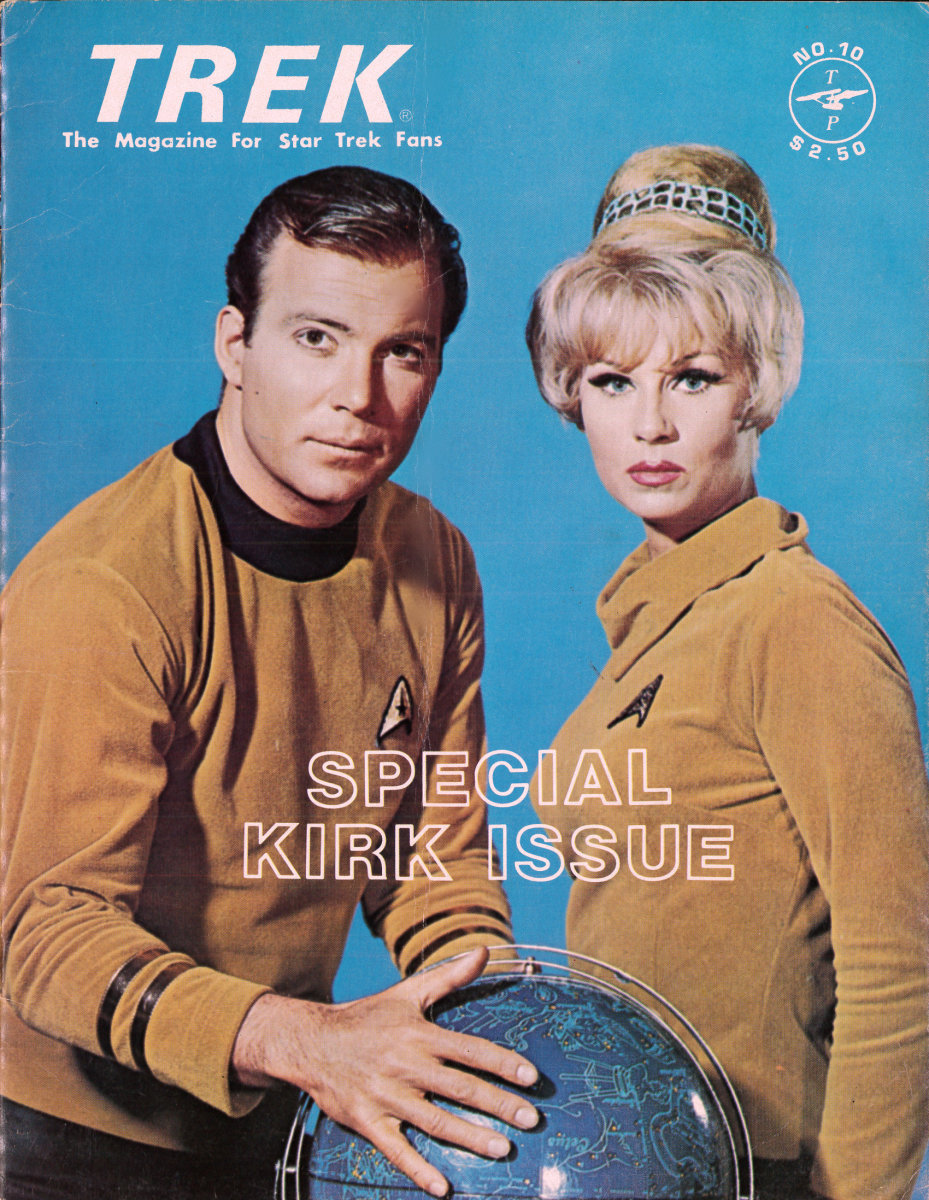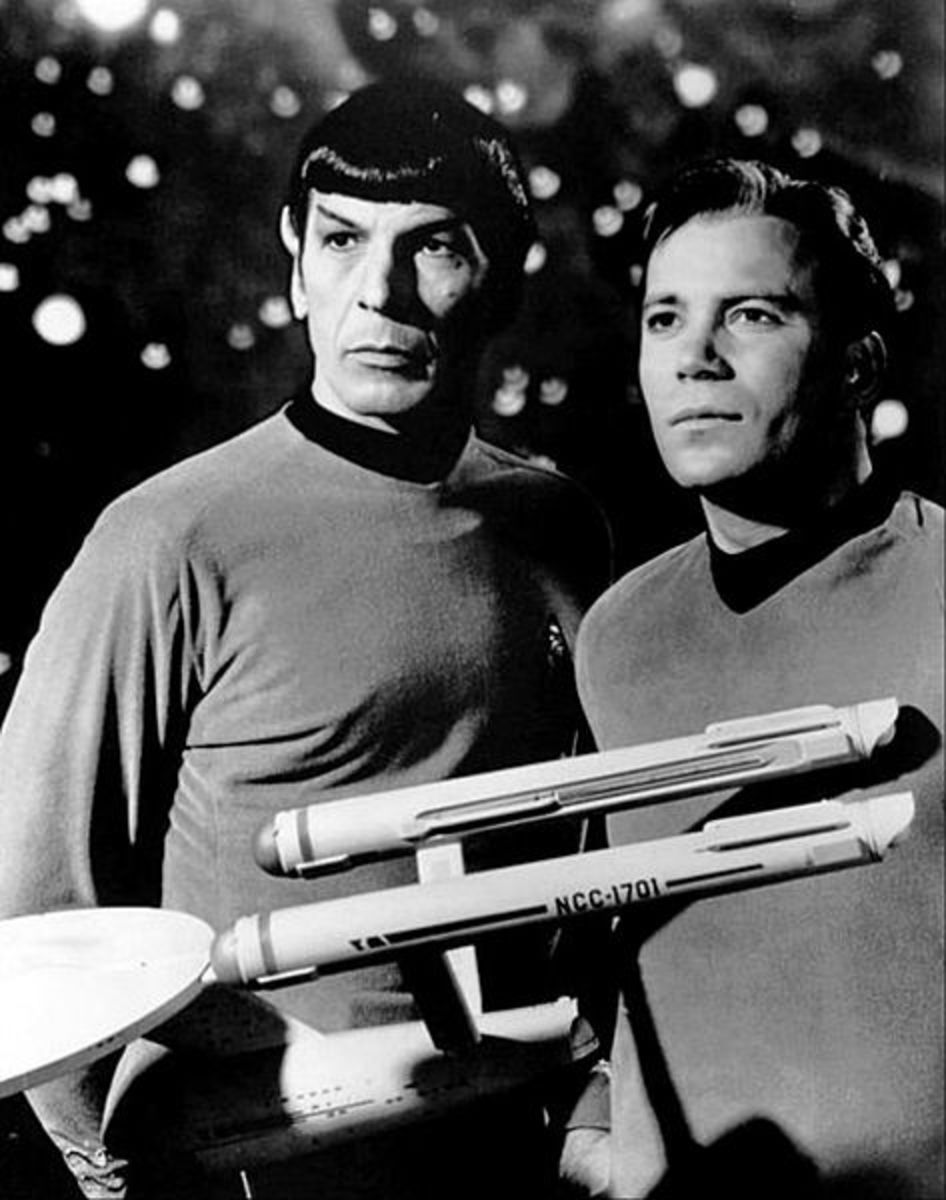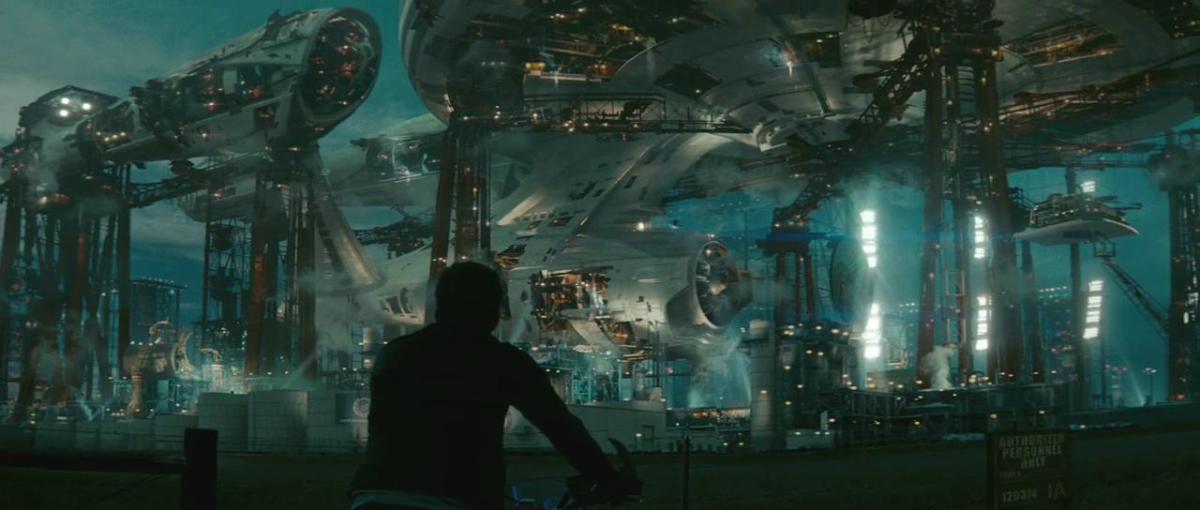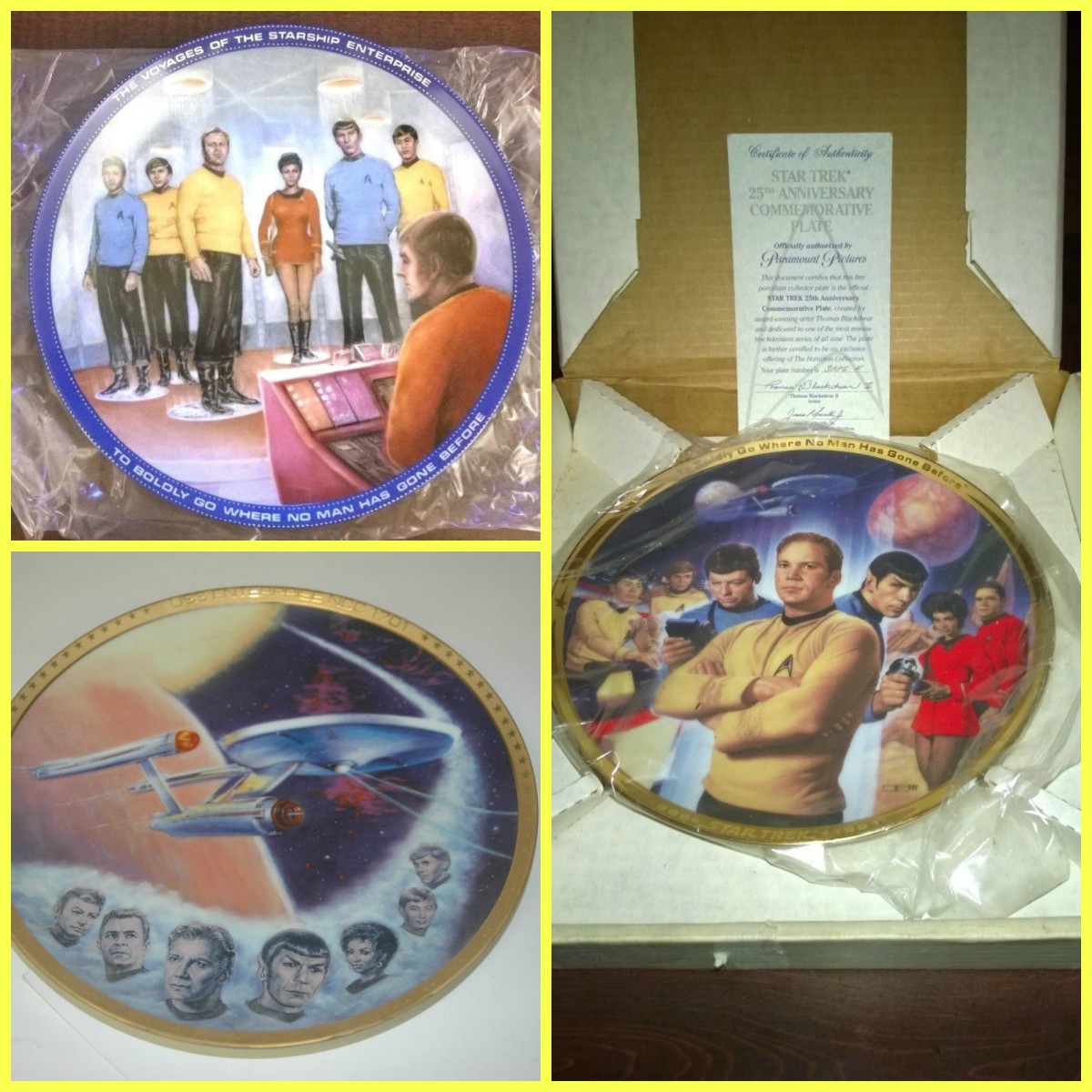Wagon Train in Space; Understanding Star Trek
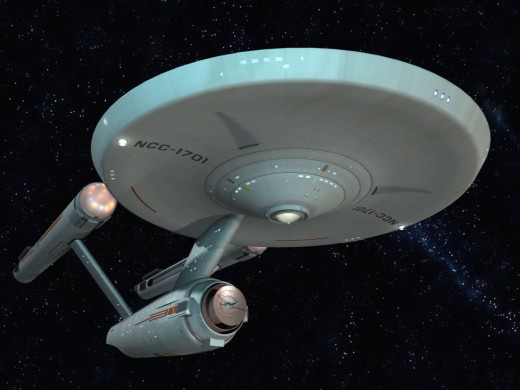
The Explanation
When Gene Roddenberry was trying to sell the Star Trek concept to the producers, he used the term; "It would be like a Wagon Train in Space."
Wagon Train was an American Western series which was about...a wagon train.
For those who are unfamiliar with the term and the concept, a little history.
During the period of American Western Expansion, the usual method was to journey to the farthest settled western city; i.e. Kansas City. Once there, the plan was to buy a covered wagon and Oxen to pull it, load it with everything required, then join a group of others to travel together.
Dozens of covered wagons, led by a Trail Boss or Captain who knew the route would move his 'wagon train' into the 'unknown'.
The television series Wagon Train had this movement westward as the basic premise and the various episodes were named after the character(s) it focused on.
Outside of the Wagon Master, his scout, and a few other regulars, each episode was a 'stand alone' with new actors in different unrelated stories.
Each season would run over 28 episodes, with a varied cast of characters whose lives and experiences made up the stories. Once the goal was reached, then the journey back to Start would begin. Each season was a series in itself.
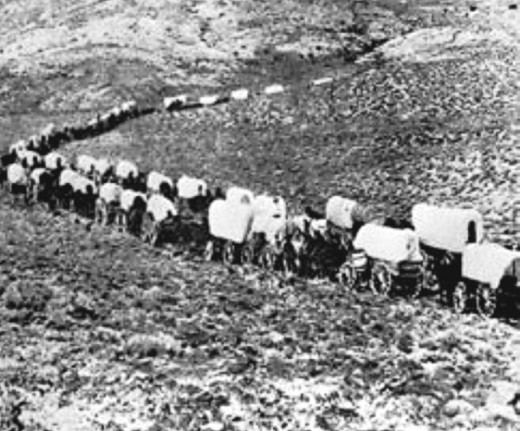
Star Trek - The Original Series
The Star Ship Enterprise was on a Five Year Mission to Explore strange new worlds, seek out new life and new civilisations.
Outside of the crew of the ship, every episode had a slurry of new characters, new planets, new aliens, and didn't need to match previous episodes.
The lack of a story arc, the absence of continuity didn't matter. At least, didn't matter at the time Star Trek (The Original Series) was broadcast.
That the series became as important as it did was not foreseen.
That there would be a need for some kind of 'Canon' was not imagined.
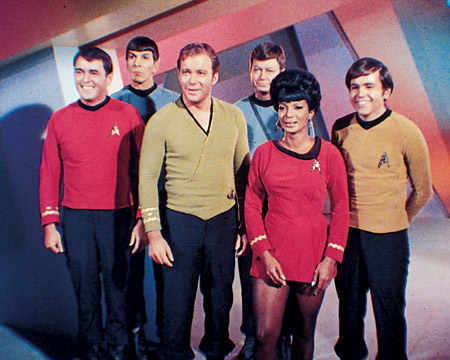
Star Trek; The Next Generation
The Next Generation followed the similar premise of TOS; a ship flying virtually randomly in space with a basic crew.
Each episode introduced new, often temporary character, one off ideas, then moved on to the next.
There was some reference to previous characters or activities but not to the extent that one would be unable to understand the plot if they hadn't seen the previous episode.
There was a bit more effort put into The Next Generation to keep it consistent.
There were a number of continuing stories and two parters, but for the most part, one episode had nothing to do with the other so that missing a few or not viewing them in 'order' didn't really matter.
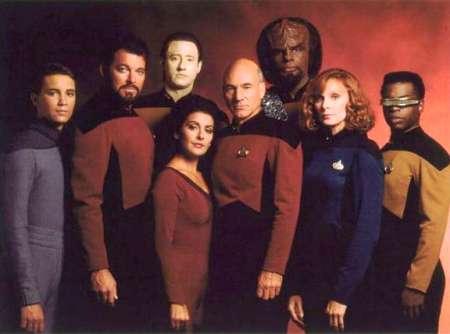
Deep Space Nine
Once the concept of flying about in Space is removed the 'Wagon Train' mentality ought have disappeared.
A new premise ought have been invoked, that is of a continuing story. Viewing Deep Space Nine, some writers 'got it' and some didn't.
The fact that DS9 is a space station, that people live there, the dynamics of the time/place ought have kept the stories in 'train', to coin a phrase.
This was not grasped until after the Third Season.
Although many of the stories blend into one another and a character and/or an event is referenced, a large number of episodes are stand alone diversions. The actions, the behaviour of the characters seems to go unremembered.
The Episodic style works in the original Wagon Train and to in TOS but not in DS9.
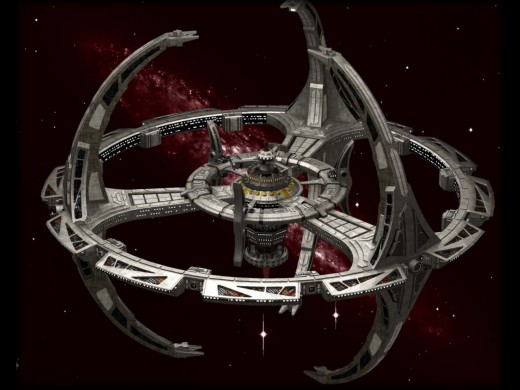
Getting it Right (DS-9)
Clearly, some of the minds behind DS9 understood, even from the first episode, that having Character A meet, fall in love, and have a broken heart, all within 45 minutes was not the way to go.
Others clung to the 'episodic' paradigm of completing a story in one episode.
The concept of the 'wormhole aliens/prophets', the 'Bajor/Cardassian conflict', 'The Dominion' and the inevitable war between the 'Alpha' and 'Gamma' quadrants were basic story lines.
This did not seem obvious to the writers, as nearly half of the episodes in the first three seasons went nowhere.
The fortunate factor that 'rescued' DS9 was the Internet. The writers had an instant connect with the viewers and picked up the trends.
At the end of the Third season, with ratings slipping, the producers reacted quickly and wisely. This led to the introduction of the Klingons and Worf, a possibility that had clearly not been imagined.
Nor, do I think the writers expected viewers to become enamoured of Quark, the Ferangi, or the Rules of Acquisition. When it became evident this had happened, the response of the writers was to take in this aspect.
By the fourth season, DS9 hit it stride and outside of a few scattered diversions, the 'Wagon Train in Space' premise ended.

